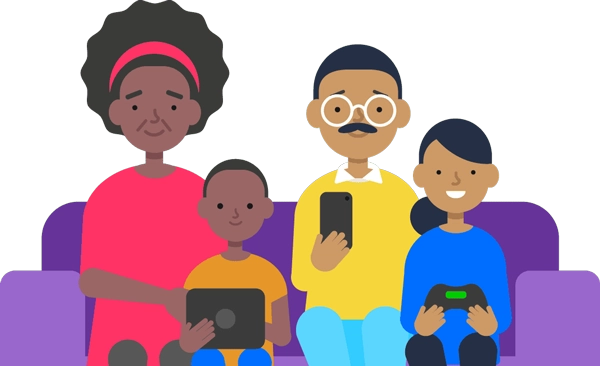So, instead of playing the same game all summer or scrolling social media, explore new skills, play new games and get your grandchild to show you more about their online world.
Additionally, screen time balance means taking a break now and again. Organise family outings, such as trips to the park, zoo visits, beach time or nature walks. This can create lasting memories and provide a refreshing break from their screens.
Or, see how you can use devices to support offline activities. Watch cooking tutorials, learn how to crochet or identify plants on a nature walk. Can your grandchild show you crafting ‘hacks’ on TikTok? Or are there any video games you can play together?
Find ways to combine your offline world with their digital world. This is a great way to help both young children and teens balance screen time.
Keep grandchildren safe and balanced
These tips can protect your grandchildren online while also developing key digital literacy skills. Plus, you’ll help them to enjoy a safe and positive online experience during the school break.
Remember, your involvement and guidance are key to them navigating the digital world safely.







